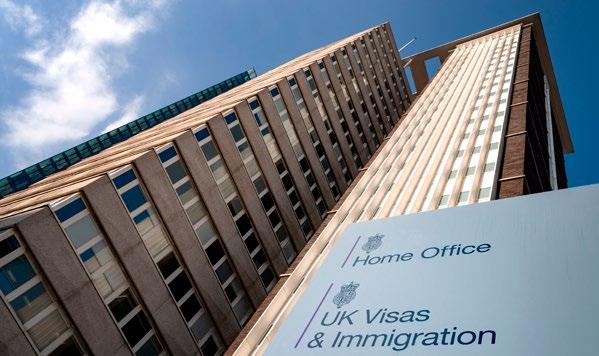Fertility and partnerships – how are they changing? In the past 20 years in the UK, the partnerships that people are in when they have a baby have changed dramatically. The number of couples who live together but are not married (cohabiting) has surged in the UK, and a new family type has been created: cohabiting couples with children. Another trend we are seeing is a decline in under-18 conception rates across all English regions. At the global level, there is even some alarm about overall fertility rates going into decline. CPC fertility and family strand members have been examining these changes, and what they mean for policy and future planning.
How has parents’ partnership status changed? In all four constituent countries of the UK (England, Wales, Scotland and Northern Ireland) the proportion of live births that occur within marriage has gone down. It has become much more common for unmarried women to have babies (nonmarital births). However, not all nonmarital births are the same. Births outside of marriage might be to a couple who are living together but not married (cohabiting), or to single women (who may or may not register the birth jointly with their partner). Research, carried out by Dr Bernice Kuang with Dr Sindhu Vasireddy, Professor Ann Berrington and Professor Hill Kulu has found that, although cohabiting parents have become more common in England, Wales and Scotland, there aren’t, however, as many cohabiting parents in Northern Ireland. Birth registration data suggest that parents in Northern Ireland are more likely to be either married or living at different addresses. One explanation for this difference is that cohabitation may be less culturally acceptable in Northern Ireland than in the other countries of the UK. The lack of legal abortion in Northern Ireland (during the time period studied) may also be important in explaining the large percentage of births registered jointly to parents at different addresses. In England, Wales and Scotland, women who became pregnant but were not in a relationship could seek an abortion, whereas women
www.cpc.ac.uk
in similar situations in Northern Ireland faced greater barriers to accessing abortion. Without the option of legal abortion, pregnant women who are not already in a cohabiting relationship may prefer to give birth while continuing to live separately from the other parent. Dr Kuang comments: “The changing partnership context of childbearing that we’ve seen in this study has implications for policy-makers. Women who register a birth as the only parent (sole registrant), or parents who register a birth together but don’t live together, tend to be younger than married and cohabiting parents. This is important to know because younger parents may require more support and have different health needs than older parents. Earlier research has also found sole registrants to be more disadvantaged and have worse health outcomes than married and joint registrants.” She continues: “This study indicates the continued growth of unmarried parents, particularly non co-resident parents in Northern Ireland. Our findings highlight the importance of understanding the different needs of all family types, as unmarried families become more diverse. More research is needed to investigate the characteristics of non-cohabiting parents in Northern Ireland, who may face the challenges of co-parenting from two different homes. This growing subgroup of parents should be properly acknowledged by public policy so their needs can be supported through public services and benefits.”
Gender attitudes and practices among married and cohabiting parents As the number of cohabiting parent families increase, it is important to understand the differences between married and cohabiting families to form effective social policy. Carried out by Dr Shih-Yi Chao with Professor Ann Berrington and Professor Brienna Perelli-Harris, this study examines gender attitudes and practices to better understand gender inequality and social economic conditions among cohabiting and married parents. For example, we might expect that cohabiting couples are more modern in their attitudes compared with their married counterparts. Cohabiting women may be more likely to be in paid work and cohabiting men may be more likely to share housework duties. We might also expect that women in cohabiting partnerships are less willing to specialise in domestic work; cohabitors in the UK have fewer legal protections, especially upon separation, so specialisation in unpaid work at home might be seen as more risky for cohabiting women. Dr Chao says: “ Our findings show that cohabiting parents and their children tend to have fewer resources. Policy-makers, therefore, need to pay attention to the rising number of cohabiting families with dependent children, formulating policies to aid and support them. Cohabiting parents are less likely to both be earning a salary (dual-earners) or both be earning a similar salary (equal-earners). Cohabitors are














